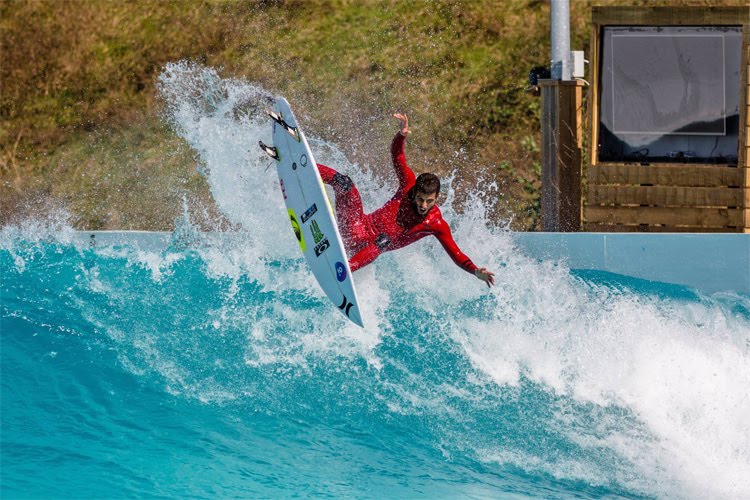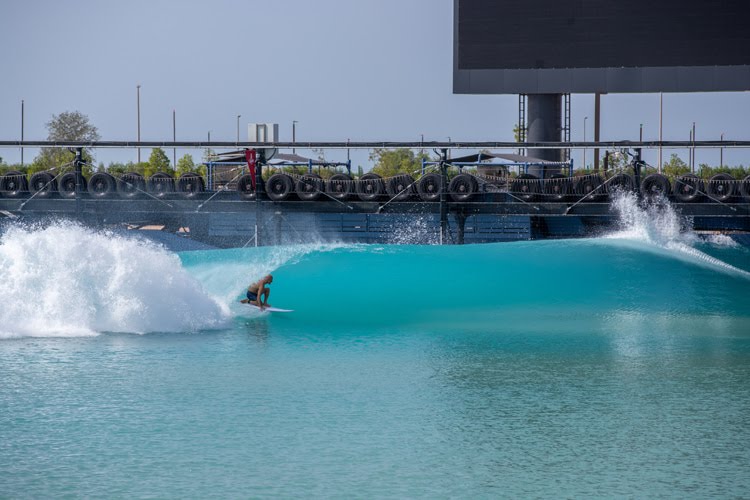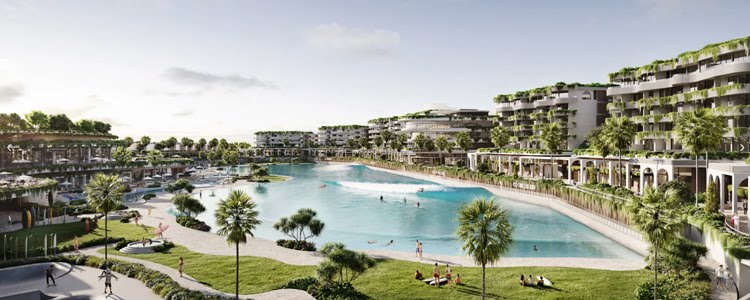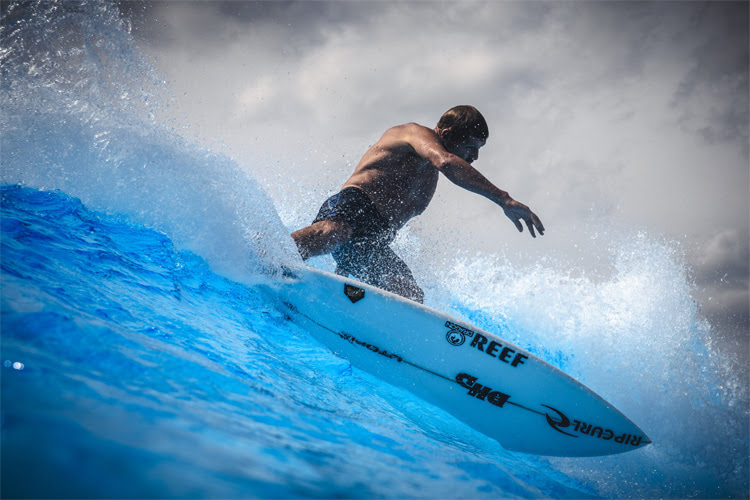The rapid growth of wave pool developments and the diversification of artificial wave-generating technologies have created unique investment opportunities for professional surfers. These wave pools are appearing in unexpected places, including regions with limited water resources, areas far from coastlines, and even within high-density surf zones.

Wave pools stand out as the only truly dynamic sector in the surf industry. In contrast, traditional segments such as surfwear, boards, and equipment are facing challenges to remain viable. Each year, billions of dollars are invested into constructing new inland surfing parks, with the number of projects announced worldwide steadily increasing every quarter.

These projects extend far beyond the wave pools themselves, spawning a variety of supplementary businesses. Restaurants, surf shops, cafes, surf rentals, lessons, AI-driven video services, beach clubs, bungalows, sports medicine clinics, hotels, water and theme parks, event spaces, conference centers, and even golf courses are becoming integral to these ventures. Over time, the admission fees for the wave pools themselves constitute a smaller portion of the overall revenue, as the surrounding ecosystem grows in complexity and scale.

As these surf parks expand, they resemble small towns or self-contained communities, bustling with economic and social activity. Despite the promise of these ventures, history reminds us of the risks. Similar ambitious projects have failed in the past, leaving behind financial losses and unfulfilled visions.
A Modern Era of Surfing Innovation

Wave pools are not a new concept; their origins can be traced back to the 19th century. However, the modern vision of surfing in enclosed water bodies was pioneered by innovators like Kelly Slater. Slater dedicated over a decade to developing and refining his wave pool technology in secret before unveiling the first version in 2015. Simultaneously, others, such as the creators of Wavegarden, were developing their own systems, bringing a fresh wave of innovation to artificial surfing.
This surge in wave pool development captured the attention of engineers, investors, and real estate developers, leading to a competitive race to create the best artificial waves. Public interest in this sector remains high, and private funding continues to fuel its growth. Professional surfers, with their vast reach and influence, became natural ambassadors for these projects, lending credibility and visibility to the evolving technology.
Surfers Turned Investors
Kelly Slater set the standard by promoting his own wave pool technology through his company, which eventually led to the creation of Surf Ranch in California. Other professional surfers soon followed suit, taking on roles as ambassadors or investors. Wavegarden, for instance, partnered with top surfers to showcase their facilities, a strategy that boosted memberships and attendance.
Notable surfers like Mark Occhilupo, Gabriel Medina, and Kanoa Igarashi have also invested in wave pool projects. These surfers have gone beyond their competitive careers, channeling their resources into ventures they believe in. Mick Fanning, a world champion, has joined the wave pool investment trend by participating in a large-scale $300-million project in Australia, which combines surfing, residential spaces, and golf facilities.
A Shift in Surfing Careers
As the wave pool industry grows, questions arise about the future of competitive surfing. Many professional surfers are diversifying their income streams, leveraging their online presence, endorsing events, and affiliating with wave pool projects. This trend suggests that surfing careers might increasingly serve as springboards for broader business opportunities. Over time, competitive surfing may lose its appeal as athletes prioritize entrepreneurship and long-term ventures.
The Risk of Failure
While wave pools are thriving, the risk of failure looms large. The construction of elaborate, expensive developments often comes with significant financial risks. History shows that many such projects, including theme parks and water parks, have failed to sustain themselves, becoming abandoned “ghost facilities.”
Examples like the Seagaia Ocean Dome in Japan, NLand Surf Park in Texas, and Surf Snowdonia in Wales illustrate the challenges of maintaining financial viability in this sector. Moreover, advancements in wave-generating technologies may render older systems obsolete, forcing costly upgrades. Without a sustainable revenue model, even the most ambitious projects could falter, leaving behind only empty concrete structures.
The wave pool industry offers tremendous potential but also significant challenges. Investors, developers, and surfers must navigate these waters carefully as the future of artificial surfing continues to unfold.